
views
X
Research source
Thankfully, it’s easy to tweak your beauty regimen so that your tresses stay nourished and healthy. Take a look at your current hair care routine and see what kinds of products and treatments might work for your porous hair!
Basic Haircare Tips
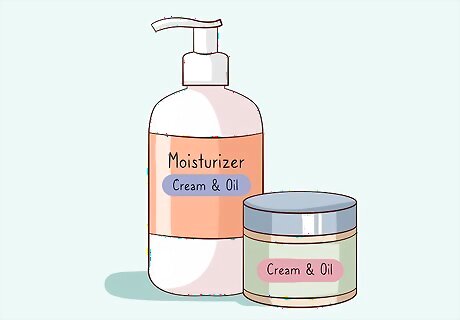
Choose oil- and cream-based hair products to add moisture. As a general rule of thumb, shop for thicker, richer products to nourish and moisturize your hair. Look for products with the words “cream” and “oil” in the label, as opposed to water-based ingredients—these products will give your hair a great moisturizing boost. While oils are important to high-porosity haircare, they need a cream product in order to be effective. Look for products with really nourishing oils like argan, castor, or olive oil. Shea butter is also a great ingredient to look for. Coconut and avocado oil are also great ingredients to consider.
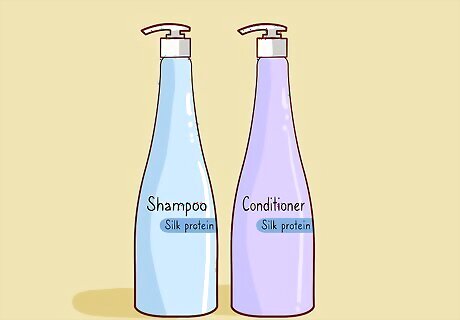
Look for products with protein-rich ingredients that strengthen your hair. Shop for shampoos and conditioners with special ingredients listed along the side, like silk protein, wheat, or keratin. If you’d prefer a more inexpensive protein solution, create a DIY protein mask by cracking open an egg and spreading it through your hair. If you use a protein treatment, always treat your hair with a moisturizing deep conditioner afterward.
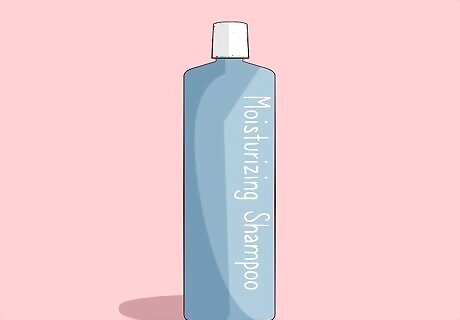
Wash your hair with a moisturizing shampoo. Look for shampoos with the word “moisturizing” on the label so that you aren't using something that strips your hair of its natural oils. Double-check that your shampoo doesn’t have any sulfates, which aren’t very good for your hair. Ingredients like amino acids and marine algae extract are great additions when treating high-porosity hair.
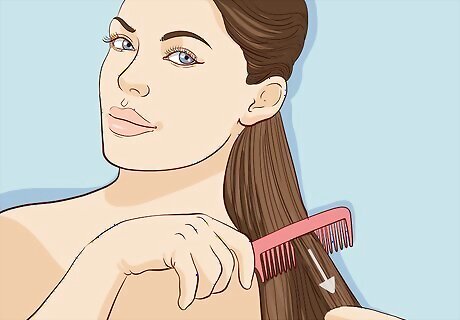
Go through any tangles with a wide-tooth comb. Be gentle with your hair—if you’re dealing with a lot of tangles, don’t try to wrestle with a brush. Instead, grab a wide-tooth comb and work your way through the tangles. It may take a little more time, but your hair will thank you for it!
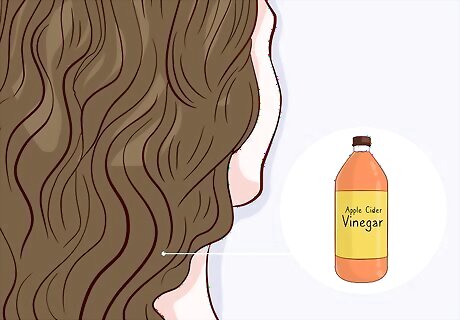
Spritz your hair with vinegar on an as-needed basis. Fill a spray bottle with a diluted mixture of apple cider vinegar and water (4 parts water to one part vinegar), which can help close your hair cuticles and better seal in moisture. Spray the diluted vinegar through your hair whenever you feel like balancing the pH a bit. Aloe vera gel can also help balance your hair’s pH.
LCO Method
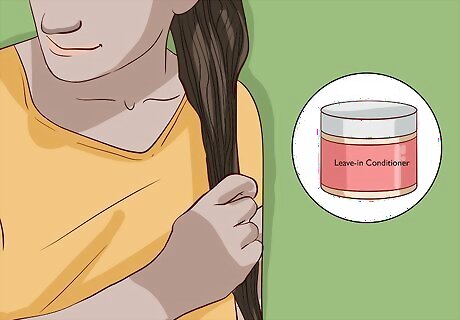
Apply a leave-in conditioner to your clean, damp hair. The LCO method is a fancy term for Liquid/Leave-in Conditioner, Cream, and Oil, a 3-step process that keeps your hair moisturized and nourished. After washing your hair, work your leave-in conditioner of choice through your hair with a detangling brush or your fingers. You can use a leave-in conditioner on its own to refresh your hair throughout the week.
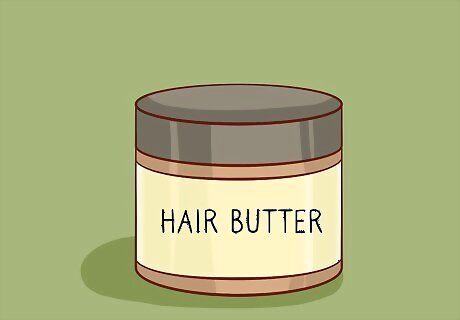
Work styling cream or butter through hair. Grab your favorite cream or butter product, which will help add a lot of moisture into your hair. If you aren’t a fan of traditional cream products, look for a custard-like product instead.
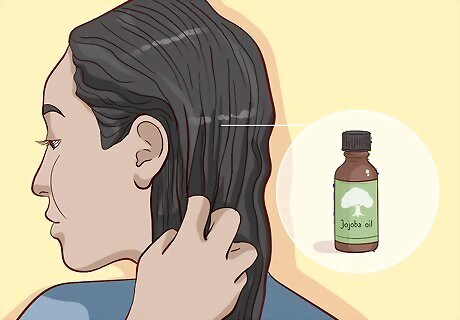
Finish things off with your oil of choice. Grab your favorite oil and spread it throughout the different sections of your hair, which will help keep them moisturized and nourished. You don’t have to use any specific oil for this—any natural oil will get the job done. Argan and jojoba oil are great options to consider for this.
Damage Prevention
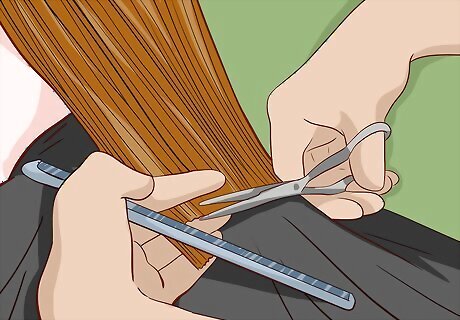
Get a haircut if a lot of your hair is damaged. If your hair is already damaged, there’s not much else you can do for it, regardless of the porosity. Take a trip to your local salon and ask a stylist to snip off any damaged hair, which will allow new, healthier hair to grow in its place. If you don't trim away the dead, damaged hair, you could end up breaking and snapping the hair just by detangling or running your fingers through it. You can also trim your hair at home, if you feel comfortable doing that. Try to get your hair trimmed once every 8-12 weeks.
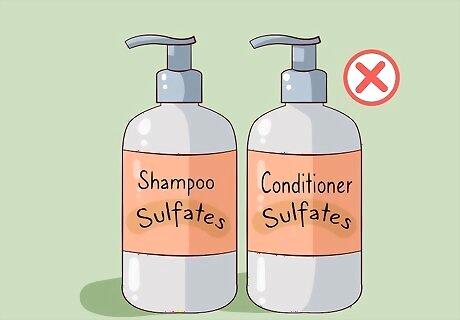
Toss out any products with damaging ingredients to keep your hair healthy. Avoid shampoos and conditioners with sulfates, which do a lot of damage to your hair over time. Additionally, stay away from products like bleach and hair relaxers, which can increase your hair porosity and aren’t that great for your hair overall. Focus on haircare products with healthy ingredients, like natural oils. Chat with your stylist to make sure you're using the right shampoo, conditioner, and/or treatment for your hair type and hair texture.

Wear a hat outdoors to prevent your hair from getting more porous. Direct sunlight can hurt your cuticles over time, which can lead to hair damage. If you like to spend time outdoors, wear a comfortable hat to protect yourself.

Stay away from heat styling products to protect your porous hair. Don’t use iron curlers or straighteners, if possible. These items can do a lot of damage to your hair, and aren’t worth it for a temporary style fix. If you’re interested in long-term styling changes to your hair, talk to a stylist or haircare professional for help.














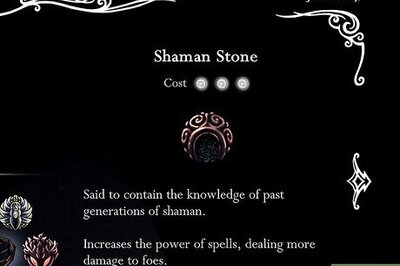



Comments
0 comment